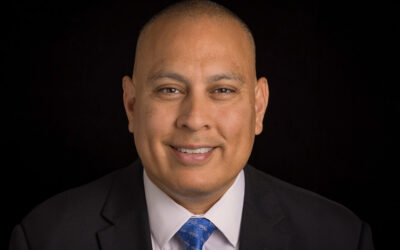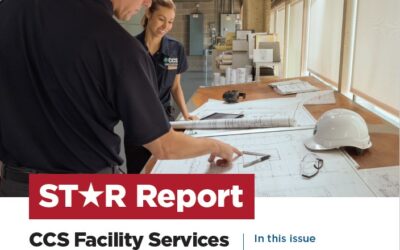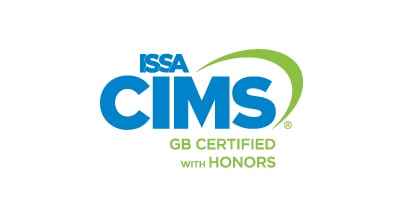News
What’s New and Noteworthy with CCS facility services
CCS Facility Services Sets a New Standard with Smart Tech, Smarter Teams, and Seamless Service
[Denver, CO] – April 1, 2025 – CCS Facility Services, a leader in janitorial and facility maintenance services, is making another strategic leap forward by modernizing its technology infrastructure...
Leading Janitorial Services Company, CCS Facility Services, Expands Operations with New Branch in Houston, Texas
HOUSTON--(BUSINESS WIRE)--CCS Facility Services, a recognized leader in commercial cleaning and building engineering services, today announced the opening of its newest branch in Houston, Texas....
CCS Facility Services Announces the Opening of a New Branch in Arkansas
CCS Facility Services, a leading provider of commercial cleaning and building engineering services, is thrilled to announce the opening of a new branch in Arkansas. This expansion is part of our...
CCS Facility Services Announces the Promotion of Bill King to Co-Chief Operating Officer
CCS Facility Services, a leading provider of commercial cleaning and building engineering services, is excited to announce the appointment of Bill King to Chief Operating Officer alongside Todd...
CCS Facility Services Welcomes Victor Becerra, New Regional Vice President
CCS Facility Services, a leader in providing outsourced commercial cleaning and facility engineering, is pleased to announce the appointment of Victor Becerra as Regional Vice President of our...
CCS Facility Services Announces the Opening of a New Branch in San Jose, California
DENVER, April 04, 2024--(BUSINESS WIRE)--CCS Facility Services, a leader in providing outsourced commercial cleaning and facility engineering, is excited to announce the opening of a new branch in...
CCS Facility Services Expands Scope into Northwestern Mississippi
DENVER--(BUSINESS WIRE)--CCS Facility Services announced that it is expanding its service area into northwestern Mississippi and southern Tennessee. “We are honored to expand our services into...
CCS Facility Services Marks a Milestone and Enhances Facility Safety with GBAC STAR™ Service Accreditation
This publication originally appeared as a GBAC case study, October 2021. The original article can be found here. Opportunity CCS Facility Services is an integrated facility services provider with...
CCS Featured in GBAC Star Report
In March 2021, CCS Facility Services became the first service company in the world to earn GBAC STAR Service accreditation from the Global Biorisk Advisory Council® (GBAC), a Division of ISSA, the...
CCS Facility Services Expands Scope with Acquisition of Total Cleaning Systems in Milwaukee, Wisconsin
Denver, CO – October 27, 2021 – CCS Facility Services, a portfolio company of Silver Oak Services Partners, today announced the acquisition of Milwaukee-based Total Cleaning Systems. Founded more...
CCS Facility Services Launches New Environmental, Social, and Governance Initiative
Denver, CO – September 28, 2021 – CCS Facility Services announced today the launch of its formal ESG (Environmental, Social, and Governance) program. Founded with a belief that the company could...
CCS Facility Services Earns CIMS-GB Certification with Honors for Second Time
Denver, CO – August 19, 2021 – CCS Facility Services has once again earned highest honors from ISSA's Cleaning Industry Management Standards (CIMS), the gold standard in evaluation of the cleaning...
CCS Employee Videos
We believe that commercial janitorial maintenance is more than keeping your space clean. It is about community, caring for one another, setting an example of handwork and perseverance. Representing a true service heart is imperative to our success and we feel it is just as important to share our outlook with others. What you will find are videos celebrating our tremendous staff of frontline workers across the country. Get to know Team CCS!












